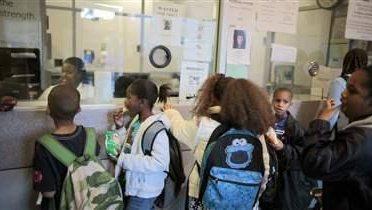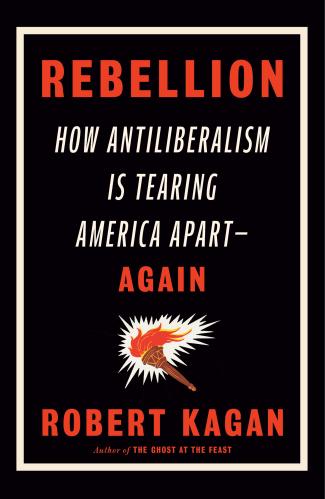Executive Summary
This fifth annual Kids’ Share report marks a milestone in the analysis of federal
expenditures on children because available data now span 50 years, from
1960 to 2010. During the past half-century, the size and composition of
expenditures on children has changed considerably. Back in 1960, the largest federal
contributions to families due to the presence of children came from the dependent
exemption, Social Security, and education. Fifty years later, the dependent exemption
has much less relative value, and Medicaid, the earned income tax credit, and the child
tax credit have become the three largest federal expenditures on children.
Federal expenditures on children in 2010, the most recent year of data, were affected by
the immediate crisis of the recession of the late 2000s as well as by long-term trends. In response to the recession and an unemployment rate that averaged 9.7 percent,
the federal government increased its spending on children. The children’s share of the
federal budget was 11 percent in 2010, slightly higher than in 2009 and considerably higher
than it was 50 years ago. This increase is temporary, however, with the children’s share of
the budget expected to shrink to less than 8 percent by the end of the next decade.
Absent reform of current law, federal spending on children is projected to
fall over the next several years, whether measured in real dollars, as a share
of the federal budget, or as a share of the economy. Between 2010 and 2015,
for example, outlays on children are projected to fall from $374 billion to
$339 billion, a decline of 9 percent. As the temporary boost in spending under the
American Recovery and Reinvestment Act of 2009 (ARRA) comes to an end, federal
spending on education and certain other programs for children will fall dramatically.








